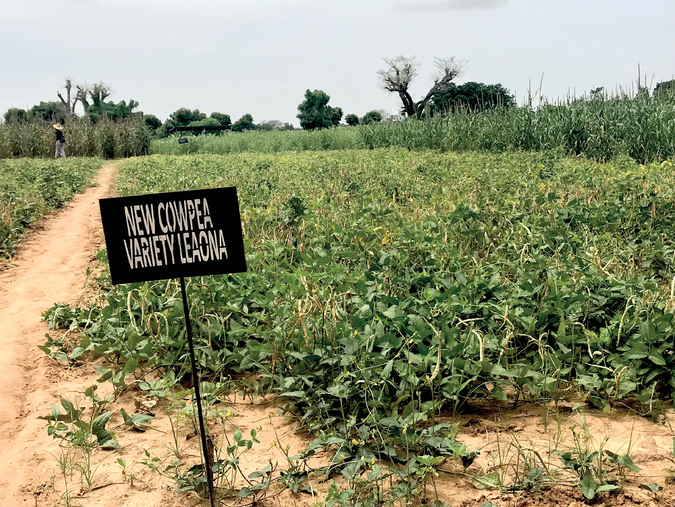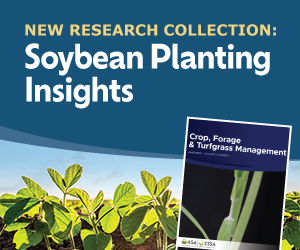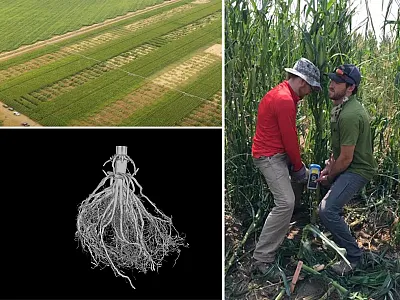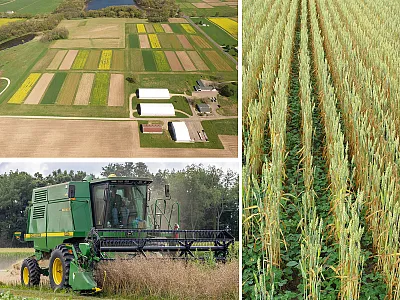Dual-Purpose Cowpea for Food and Feed in Sub-Saharan Africa

In the semi‐arid area of west Africa, innovative agriculture production systems are required to meet the challenges of food and feed nutrition insecurity. One approach is the adoption of newly developed dual‐purpose cowpea varieties that produce both grain for human consumption and high quality fodder for livestock.
In a recent study in Agrosystems, Geosciences & Environment, researchers studied the new dual‐purpose varieties across three cowpea production zones in Senegal. Over three seasons, they tested growth and yield performances with and without fertilizer application. Results showed a grain yield advantage from some of the dual‐purpose varieties over traditional ones, and an additional grain yield increase from the application of fertilizer compared with the unfertilized treatment. The variety that produced the most grain also produced the most fodder yields. Application of fertilizer also increased fodder yield compared with the unfertilized treatment, suggesting that current climate changes and soil fertility depletion demand applying fertilizer to ensure good production.
The study also looked at profitability of traditional versus dual‐purpose cowpea systems and concluded that producers need to adopt dual‐purpose varieties but with appropriate fertilizer management to increase grain yield, fodder availability, and profitability of cowpea production.
Adapted from
Faye, A., Obour, A. K., Akplo, T. M., Stewart, Z. P., Min, D., Prasad, P. V. V., & Assefa, Y. (2024). Dual‐purpose cowpea grain and fodder yield response to variety, nitrogen–phosphorus–potassium fertilizer, and environment. Agrosystems, Geosciences & Environment, 7, e20459. https://doi.org/10.1002/agg2.20459
Text © . The authors. CC BY-NC-ND 4.0. Except where otherwise noted, images are subject to copyright. Any reuse without express permission from the copyright owner is prohibited.










